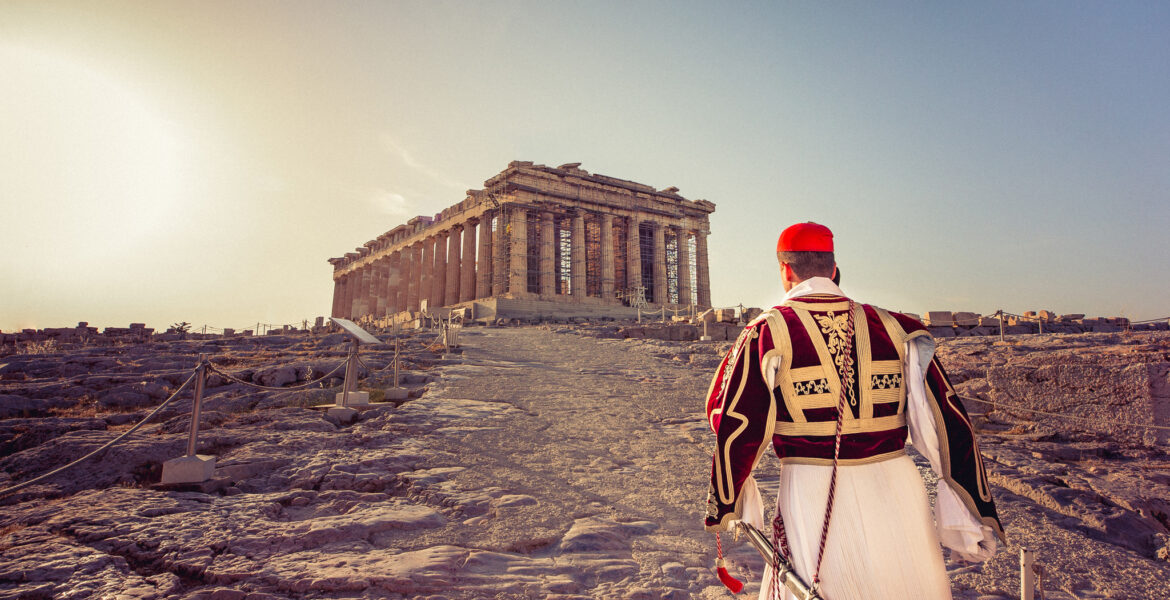That we’ve broken their statues,
that we’ve driven them out of their temples,
doesn’t mean at all that the gods are dead.– IONIAN, Constantine Cavafy
The Long, Winding Path to the Truth
Sometimes, to get where you want to go – in the right way – you have to go the long way around, with pauses and detours and even some backtracking. Maybe you’ll stop along the way and talk with your neighbour about their garden. And so, on our way to the Parthenon this week, let’s stop and consider Islam for a moment and the traditions surrounding cultural heritage that prevailed in the Ottoman Empire of Lord Elgin’s time.
We wouldn’t necessarily take this particular detour were it not for the fact that the British Government and the British Museum have both made so much of Elgin’s claims to have obtained permission from the Ottoman authorities to do what he did, that he had the tacit consent of the local populace – and that “it was all perfectly legal.” I’m afraid I have mentioned this last claim before and am likely to mention it again simply because it is such an astonishing way to justify and dismiss the brutal acts of “Elginism” which took place in Athens between 1801 and 1805. You see, considering our neighbour’s garden for a moment, or the Parthenon’s significance for Greece and beyond, weeds and outrageous comments are not necessarily bad news.
I think this is what Voltaire meant when he said: “We must cultivate our garden” (“Il faut cultiver notre jardin”). In the long run, both weeds and thoughtless comments force us to pay attention, take a closer look, and do a little digging. Maybe that effort, rather than zucchini or winning an argument, is the greatest benefit of all.
The Ottoman Empire to which Lord Elgin was posted as Britain’s Ambassador Extraordinaire was Islamic in its history, traditions, culture and law – while also allowing other religions and sects to coexist under its rule. Therefore, to examine Elgin’s claims – and the claims regarding the “perfect legality” of the Sculptures’ provenance made by the British Government and Museum today – why not take a quick look at Islam and what it says about protecting the shrines and monuments under its rule? After all, when you claim that an act was “perfectly legal”, presumably you also include the laws and customs of the place where the act occurred. This is called “local jurisdiction.”
First of all, Islam is a religion of law. It views all things, religious and secular, as being under God’s jurisdiction. Islam’s holy law is known as Sharī’a (from an Arabic word meaning “the way” – as in “the way to Carnegie Hall” or “the way to the water hole”), and as a concept it includes legal customs, principles and the laws themselves, a bit like the Jewish concept of Torah. Islam is also based on submission to God’s will, but not in an oppressed, looking-over-your-shoulder, totalitarian sort of way, since the Muslim God, who is both just and compassionate, created the world for just and compassionate purposes.
Central to the history of Islam is the Prophet Mohammed and the vision that was revealed to him, the Noble Qur’ān (Koran), which is essentially the encyclopedia of Muslim belief written in the language of God and the angels, while the example and teachings of Mohammed, known as his Sunna, show Muslims how to behave and put their beliefs into action in everyday life. It is worth noting that Muslims also revere Jesus – for his wisdom, compassion and sense of justice. One should keep the above in mind when thinking about the actions of such groups as the Taliban, Al Qaeda or Isis, which are radical outliers in the history of Islam, much like the Christian iconoclasts who chiseled off the faces of so many of the Parthenon’s sculptures in the 5th Century CE.
The Taliban’s 2001 destruction of the monumental statues of the Buddha in the region of Bamiyan in central Afghanistan and the various chapters of destruction on the Acropolis by Christian fundamentalists, Francesco Morosini or Lord Elgin were all shocking examples of violence without sanction or excuse. Unfortunately, the actions of Isis and the Taliban tend to dominate Western perceptions of Islam, which is why I think it is important to consider how the Ottomans actually looked at and treated cultural heritage under their control, and why it is also helpful to keep Mohammed’s cat in mind (see below). It is regrettable that the example of Lord Elgin continues to poison relations between Britain and Greece, and in a later column we plan to look at the long list of British philhellenes, starting with Lord Byron, who contributed so much to Greece’s struggle for independence.
However, since Lord Elgin wrote and spoke of the “mischievous Turks” and “barbarous Mohammedans” in his correspondence and testimony before the House of Commons, it seems only fair to try to put the record straight on the beliefs and customs of these same Muslims of the Ottoman Empire at the end of the 18th and beginning of the 19th Centuries. Regarding their tradition of respect for the cultural heritage of other peoples, the Ottomans seem to come off rather better in comparison with the European powers of that age.
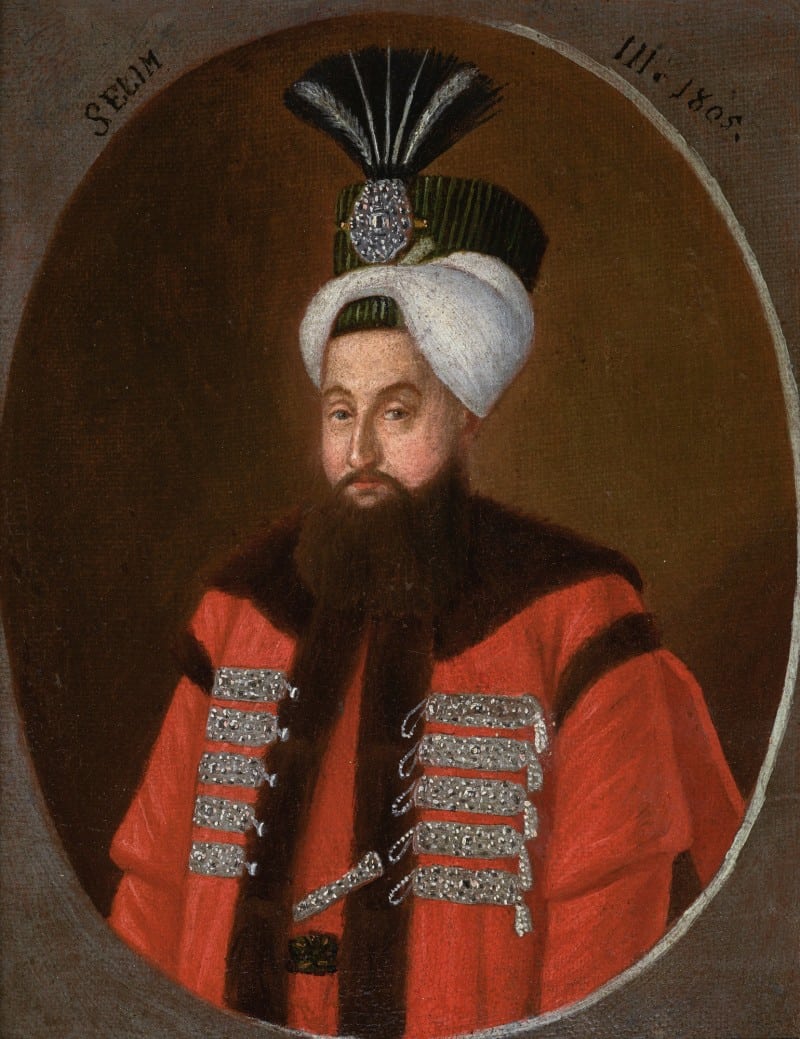
As with most of the Ottoman sultans before and after him, Sultan Selim III patterned his rule on the life of Mohammed and acted as judge and arbitrator, lawgiver and example of justice to his people. Following Mohammed’s example, he also strove to be compassionate. Of the many stories related to the Prophet, my favourite involves his beloved cat Muezza (“Moses”), who was taking a nap on the sleeve of Mohammed’s prayer robe when the midday call to prayer sounded. Another version of the same story has Mohammed being called away to render judgement in some dispute. In both versions, however, Mohammed takes up a sharp knife and carefully cuts the robe away from the sleeve on which Muezza is snoozing and quietly leaves so as not to disturb the sleeping cat. (Readers are invited to compare Muezza with Francesco Morosini’s cat, which probably oversaw the bombardment of the Acropolis in 1687. See Parthenon Report #1)
In any case, I think it would be wrong to accept Elgin’s characterization of the Ottomans as “barbarous” – especially in light of what Lusieri had to say about their own actions on the Acropolis (see later, below).
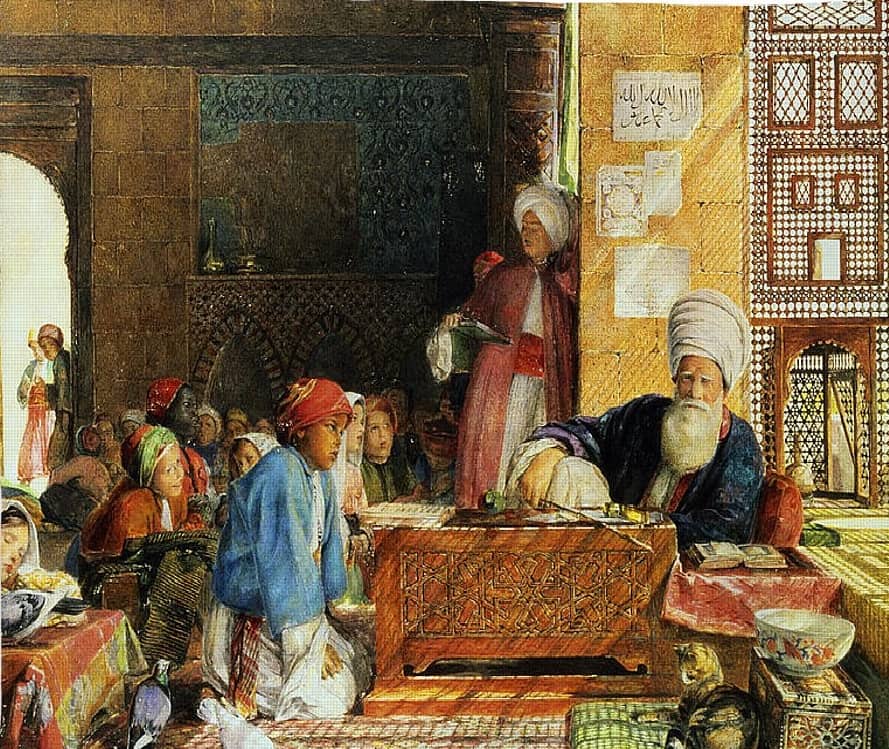
Ottoman law and the Islamic concept of “IBRAH”
In the more than 300 years that the Ottoman Turks had occupied Athens before Lord Elgin arrived in Constantinople as the newly appointed British Ambassador to the Sublime Porte, various Sultans and local governors (Voivodes) had acted to the best of their ability to protect the temples and monuments under their care – except in a few instances where local officials were successfully bribed to violate this trust. Over time, bribery had certainly facilitated the removal of many small stones from the ruins of different sites and monuments, but until the arrival of Elgin’s representatives in Athens, the Ottoman authorities had scrupulously protected the integrity of the Acropolis temples and refused to permit the removal of any sculptures from the monuments themselves. The Parthenon was even held in religious reverence by the occupying Turks, with a small mosque and minaret nestled inside the building.
This policy of protecting historic and religious monuments was not simply a matter of heightened cultural sensitivity on the part of the Ottomans but was due to a firmly established concept in Islamic (Sharī’a) law and custom called “IBRAH.” The concept of Ibrah states that historic, religious and cultural monuments must be protected at all cost so that future generations might understand their history, themselves and their place in the world. This was meant to apply to the shrines and monuments of all peoples and cultures irrespective of their religion or ethnicity. The practical consequences of Ibrah meant that no one, no matter how exalted their rank, should interfere with such monuments or deface them in any way. Islamic law, like the legal codes of most societies, contains provisions and mechanisms for dealing with specific cases, changing circumstances or exceptions. In the Ottoman Empire of Elgin’s time, Sultan Selim III had the sole authority to interpret the law and make exceptions to standing practice by issuing an official decree (firman), which would then have the force of law and confer legality. Within the framework of Ibrah, a request to remove even a small stone from an historic site or monument would require an official firman signed by the Sultan himself – for each and every single stone. In 1780, in fact, a request to remove the dangling head from one of the Parthenon’s metopes by the French Ambassador to the Ottoman Empire was firmly refused (by which example Elgin learned that it was better not to ask when it came to be his turn). In one of the rare cases under Ottoman authority where permission was granted to remove an historical artifact (a sarcophagus lid from ancient Halicarnassus) four separate firmans were issued, one for each piece of the broken lid, and copies of these firmans were kept in a special book in the comprehensive Ottoman archives in Constantinople. Ibrah, therefore, was the legal concept governing the protection of cultural heritage in the Ottoman Empire, and it was Ibrah that Selim III and his Grand Vizier cited when refusing the French ambassador’s request to remove the head of single metope.
To freshen our memories, here are two quotes from Giovanni Battista Lusieri, acting on Elgin’s behalf in Athens to remove sculptures and columns from the temples of the Acropolis:
“I have, my Lord, the pleasure of announcing to you the possession of the eighth metope, that one where there is the Centaur carrying off the woman. This piece has caused much trouble in all respects, and I have even been obliged to be a little barbarous…”
“Everything that has been done up till now in the citadel has been by means of presents to the Disdar, who is the commandant.”
While we know what the highest Ottoman authorities thought of removing sculptures from the Parthenon – and what the Empire’s code of cultural heritage law (Ibrah) had to say on the matter, it might also be interesting to examine Britain’s official stance on taking away other nations’ cultural and artistic treasures and, while we are on the subject, bribery as a means of effecting such transactions.
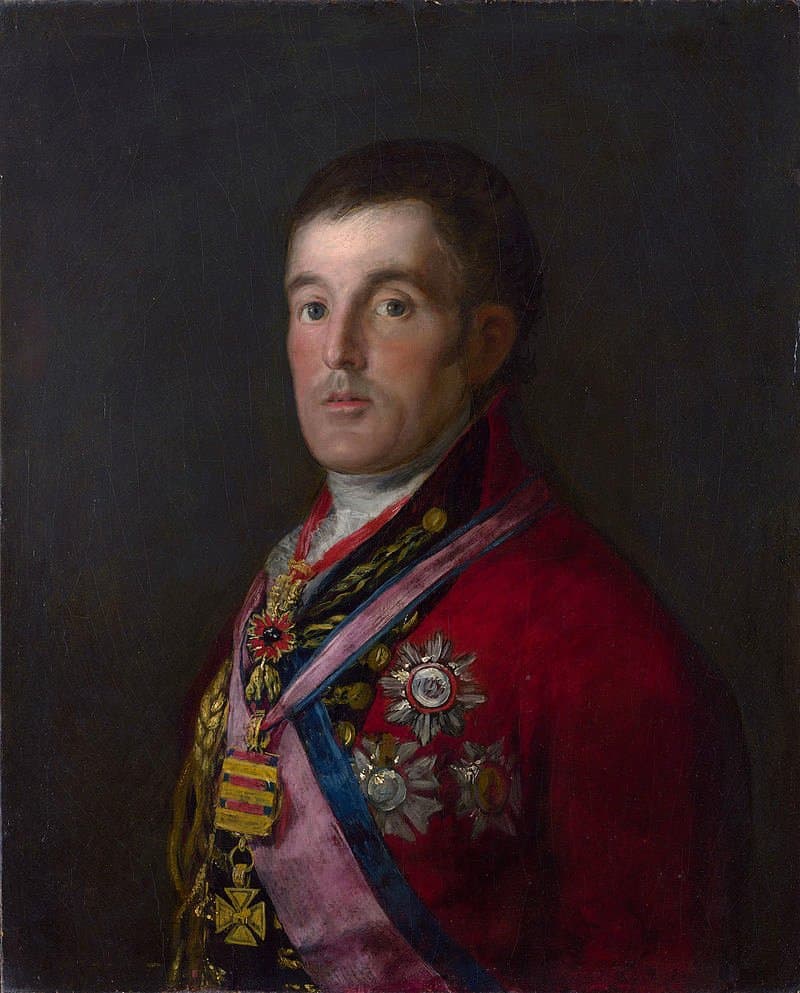
In 1815, following Bonaparte’s defeat at Waterloo, the de facto spokesman for the British Empire at the time, Arthur Wellesley, the 1st Duke of Wellington (“The Iron Duke”) stated that: “artists, connoisseurs and all who had written on it (the subject of the return of cultural property forcibly taken in war) agree that those works ought to be removed (returned) to their ancient seat.”
The British were sufficiently concerned with protecting the integrity of their own cultural heritage and national monuments that, after long consideration, Parliament passed The 1882 Ancient Monuments Protection Act, calling for heavy penalties for “removing fixtures from listed buildings”. There is certainly a bit of irony to be found here.
Today, the principle of protecting the integrity of every nation’s cultural heritage is enshrined in laws, treaties and conventions around the world. The following excerpt from a 1990 judgement by the Supreme Court of the US state of Indiana concerning the return of a mosaic to a church in the occupied territory of Northern Cyprus speaks for itself:
“A short cultural memory is not an adequate justification for participating in the plunder of the cherished antiquities that play important roles in the histories of foreign lands. The UNESCO Convention and the [US] Cultural Property Implementation Act constitute an effort to instill respect for the cultural property and heritage of all peoples. The mosaics before us are of great intrinsic beauty. They are the virtually unique remnants of an earlier artistic period and should be returned to their homeland and their rightful owners. This is the case not only because the mosaics belong there, but as a reminder that greed and callous disregard for the property, history and culture of others cannot be countenanced by the world community or by this court…. we should not sanction illegal traffic in stolen cultural property that is clearly documented as belonging to a public or religious institution. This is particularly true where this sort of property is important to the cultural heritage of a people because of its distinct characteristics, comparative rarity, or its contribution to the knowledge of the origins, development, or history of that people.”
The concept of Ibrah, as the legal code dealing with cultural heritage during Elgin’s time as British Ambassador to the Ottoman Empire, says much the same thing – in equally clear and unequivocal terms.
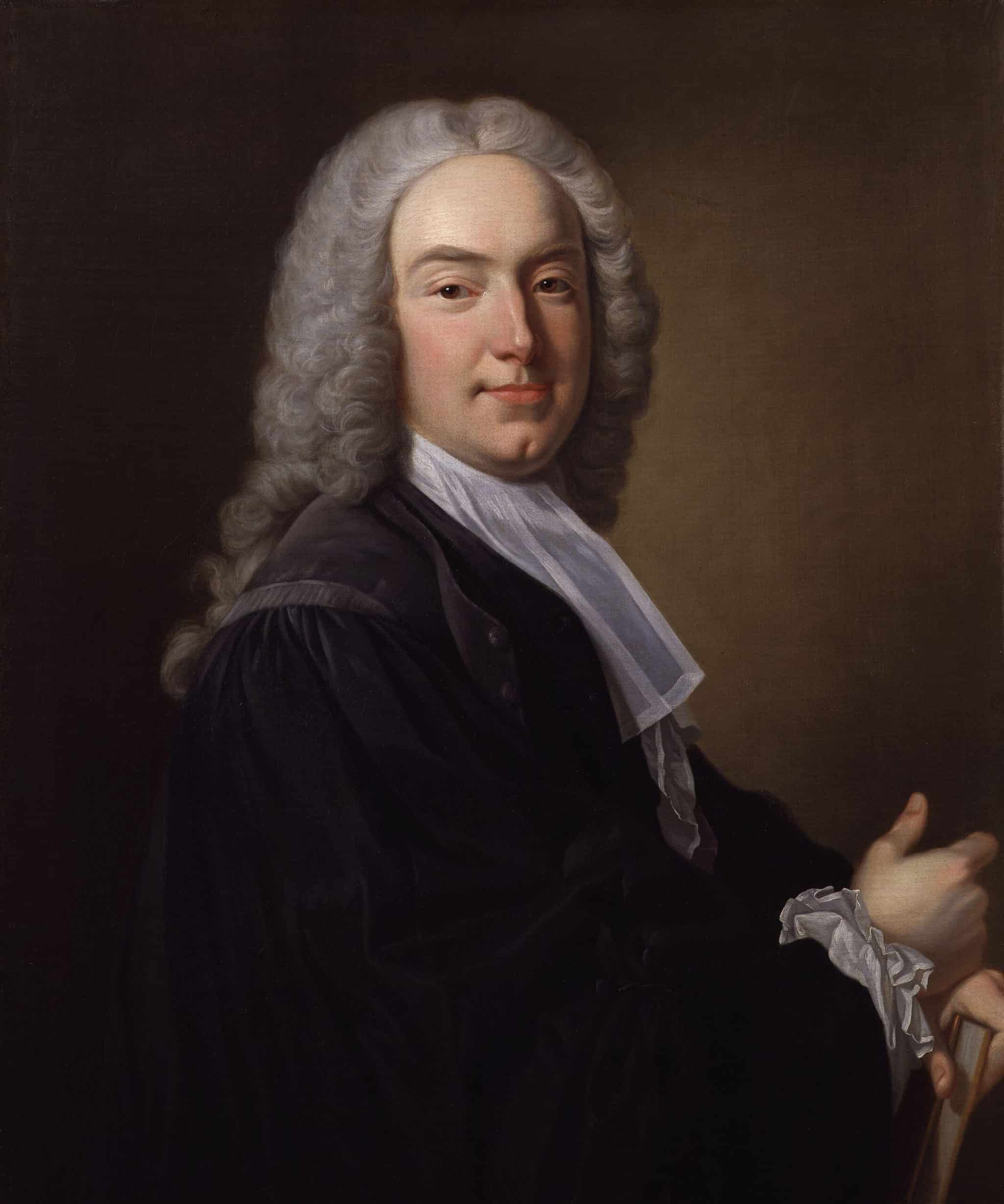
Bribery according to Lord Mansfield
Finally, on the subject of bribery: several decades before Lord Elgin assumed his post in Constantinople, William Murray, 1st Earl of Mansfield (Lord Mansfield), Lord Chief Justice of the King’s Bench, articulated the founding principles of British Commercial Law, which are still quoted today in classrooms and courtrooms around the world. Among these principles is the caveat that any transaction “facilitated by bribery was to be considered illegal, null and void.” And yet:
“The Marbles were brought to the UK by Lord Elgin and were brought here with the explicit permission of the Ottoman Empire… I think we’ve got to be very clear about this, they were taken down and they were shipped to the UK. This was completely legal.”
Hartwig Fischer, Director of the British Museum
NEXT WEEK: Part 2, where we will attempt to turn the corner from Law to Justice.
ABOUT THE PARTHENON REPORT | DON MORGAN NIELSEN:
In this bicentennial year since the birth of the modern Greek State, of both pandemic and celebration, Greek City Times is proud to introduce readers to a weekly column by Don Morgan Nielsen to discuss developments in the context of history, politics and culture concerning the 200-year-old effort to bring the Parthenon Sculptures back to Athens.
Classicist, Olympian and strategic advisor, Don Morgan Nielsen is currently working with an international team of colleagues to support Greece’s efforts to repatriate the Parthenon Sculptures.
Click here to read ALL EDITIONS of The Parthenon Report by Don Morgan Nielsen
Feature Image : Copyright Nick Bourdaniotis | Bourdo Photography

